The Tactical Assault Group (TAG) is a specialized counter-terrorism unit of the Australian military, drawn from the SASR (Special Air Service Regiment). It has been divided into two branches: TAG East and TAG West. These branches operate domestically within Australia, utilizing their training and expertise to respond to potential threats and ensure the safety of their citizens. The unit is equipped to handle land and maritime environments and focuses on direct action and hostage recovery in its counter-terrorism efforts.
History
Australia established its own Special Air Service (SAS) in 1957 with the formation of the 1st SAS Company. Over the years, two additional companies were added, leading to the rebranding of the unit as the Special Air Service Regiment (SASR) in 1964. For over half a century, the SASR has served with distinction and honor, proudly contributing to the defense of their nation.
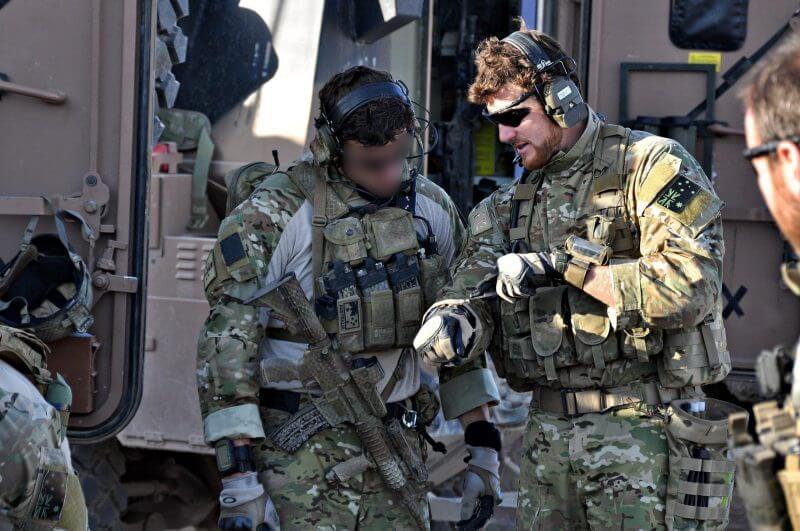
The Special Air Service Regiment (SASR) was formed in 1964 after adding two companies to the original 1st SAS Company, established in 1957. A year after its formation, the SASR saw its first action in Borneo, where it was involved in a counterinsurgency operation. SASR operators were deployed during the Vietnam War to train the Australian Army. By the end of the conflict, the Regiment had established a formidable combat record in the special operations field.
With the war’s end, the SASR was reduced to two Sabre Squadrons and a new Training Squadron and Operations Research Unit. The focus shifted toward countering the growing threat of international terrorism. Today, the SASR, through its Tactical Assault Group (TAG), is one of two special units responsible for counter-terrorism in Australia, the other being the No. 1 Commando Regiment.
The TAG was formed in the mid-1980s, and initially, it shared responsibilities with the Offshore Installations Assault Group (OAG). The latter unit was tasked with maritime operations and was eventually disbanded, although reports suggest an offshoot, the Offshore Assault Team (OAT), remains. The OAT is considered a separate but equal component of the TAG, specializing in maritime assaults on ships, ferries, and oil rigs.
Both the TAG and OAT are HALO/HAHO qualified and trained in heliborne insertions. As the “B” Squadron of the SASR, TAG members undergo the same rigorous selection and training as the “regular” SASR. The selection process is three weeks long, and those who pass undergo nearly a year of training before they earn the right to wear the distinctive sand-colored beret.
Tactical Assault Groups
Australia’s efforts to combat terrorism are divided into two specialized units, TAG East and TAG West. These units cover different national geographic areas and execute proactive counter-terrorism operations, including direct action and hostage rescue. Their structure ensures they can fulfill these duties efficiently and secure the safety of the Australian public.
TAG East, headquartered in Sydney, and TAG West, situated in Perth, are positioned on opposite sides of the country to enable rapid response to domestic terrorism incidents. Both units boast a higher level of training and expertise than other police tactical groups at the state and federal levels.
The TAG teams possess various specialized skills and capabilities, supported by other ADF units such as the Special Operations Engineer Regiment and 171st Special Operations Aviation Squadron, allowing them to conduct complex military operations effectively.
TAG West
The Tactical Assault Group West (TAG West) is a premier military training organization in Perth, Australia. It boasts a state-of-the-art facility that encompasses various training ranges, including outdoor close-quarters battle ranges, an urban Counter-Terrorism complex, and realistic aircraft and sniper ranges. Additionally, TAG West utilizes the rugged, arid landscape of the High Range Training Area to enhance its training regimen.
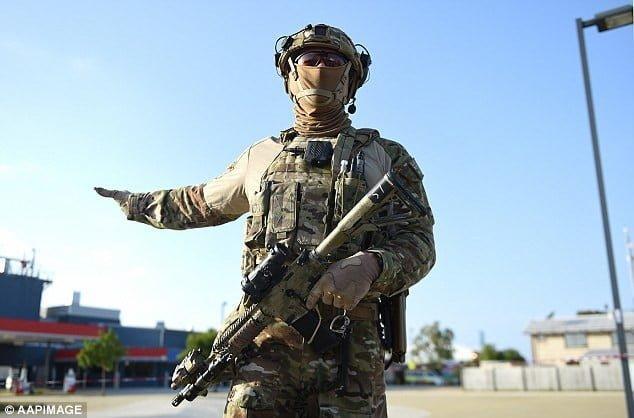
With a focus on offshore recovery operations, TAG West is equipped to handle ship-boardings and incidents on oil platforms and international and overseas scenarios. The organization comprises approximately 550 members, including 200 in the Tactical Assault Group, all based at Campbell Barracks in the Perth suburb of Swanbourne. Tactical teams include four highly-skilled members, each selected for their expertise in specialized areas.
TAG East
The Tactical Assault Group East (TAG East) is a highly trained unit comprised of members from the 2nd Commando Regiment and supplemented by personnel from the Royal Australian Navy’s Clearance Diving Branch. The Royal Australian Navy component includes an operations officer, a clearance diver (CD) assault platoon, and an underwater medic, with approximately 30 Clearance Divers attached to the Group at any time.
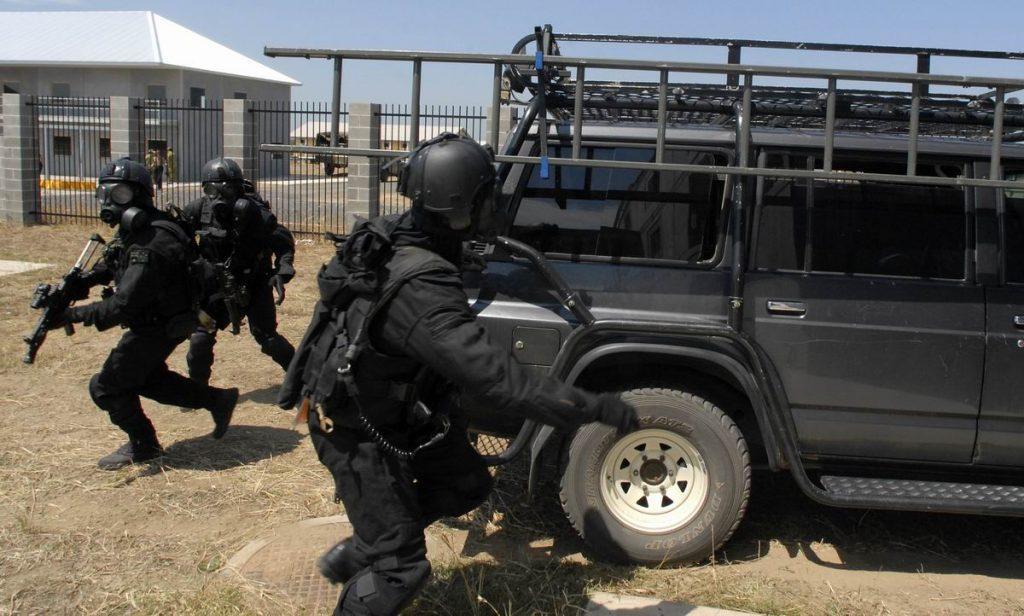
TAG East operates on rotation, with one company serving the role for a pre-determined period. Like TAG West, the organization benefits from world-class training facilities, including advanced close-quarters battle ranges, MOUT villages, urban CT complexes, full-size aircraft mock-ups, and sniper ranges. Its headquarters and training center are based in Sydney.
Training
The SASR regularly cross-training with international organizations, having established permanent assignments for Australian officers at Fort Bragg and Little Creek NAB. The SASR also maintains a close relationship with the British SAS, dating back to 1957. The organization has also engaged in cross-training with the New Zealand SAS (NZSAS) and Germany’s GSG 9, among others.
Despite its reputation for excellence, it is believed that the SASR is not utilized in covert operations abroad due to a general reluctance by the government to participate in such activities.
Operations
Australia has a proud history of ensuring the security of its citizens and visitors during high-profile events. To this end, the country’s TAG (Tactical Assault Group) operators have played a crucial role in ensuring the safety and security of participants during some of the largest and most important events held in the country, including:
- 1982 Brisbane Commonwealth Games
- 2000 Sydney Olympics (Joint Task Force Gold)
- 2003 Rugby World Cup (Operation Scrummage)
- 2006 Melbourne Commonwealth Games (Operation Acolyte)
- 2007 Sydney APEC Conference (Operation Deluge)
- 2008 World Youth Day Sydney and visit of Pope Benedict XVI (Operation Testament)
- 2014 G-20 Brisbane summit
- 2016 Kaiyo Maru No. 8 boarding
On April 12, 2001, an SASR unit conducted a boarding operation on the fishing vessel “South Tomi”. The boarding was carried out by two RHIBs launched from the South African Navy vessel “SAS Protea” while the “South Tomi” was in international waters, located 260 nautical miles south of Cape Agulhas, South Africa. The “South Tomi” was being sought by the AFMA fisheries patrol vessel “Southern Supporter” after being detected fishing for Patagonian toothfish near Heard Island and McDonald Islands in the Southern Ocean.
In 2003, Tactical Assault Group West and Tactical Assault Group East teamed up to board the North Korean freighter “Pong Su” in Australian territorial waters. The “Pong Su”, flying the flag of Tuvalu, was suspected of smuggling 125 kg of heroin into Australia. The operation took place while the ship was underway in rough seas.
On December 12, 2016, Tactical Assault Group East conducted a boarding operation on the former Japanese whaling vessel “Kaiyo Maru No. 8” (KM8) in the Southern Ocean southeast of Tasmania. Maritime Border Command had monitored KM8 for loitering and circling more than 200 nautical miles off the southern coast of Australia and was suspected of being involved in drug smuggling. The boarding operation was carried out after HMAS Adelaide intercepted the vessel. Tactical Assault Group members discovered 186 kg of cocaine worth $60 million onboard KM8, leading to the arrest of ten crew members – nine from China and one from Singapore. The operation was carried out as part of Exercise Ocean Raider 2016.
With their remarkable skills and tireless efforts, TAG operators have played a crucial role in ensuring the success of these operations and the safety of all involved.
Quick facts
| Tactical Assault Group | |
| Country: | Australia |
| Agency: | Australian Defence Forces |
| Active: | August 31, 1979 – Present |
| Motto: | – |
| Type: | Special operations forces |
| Role: |
|
| Headquarters: | TAG East: –
TAG West: – |
| Size: | Approx. 200 operators |
| Notable operations: | see here |
| Abbreviation: | TAG, TAG East, TAG West |
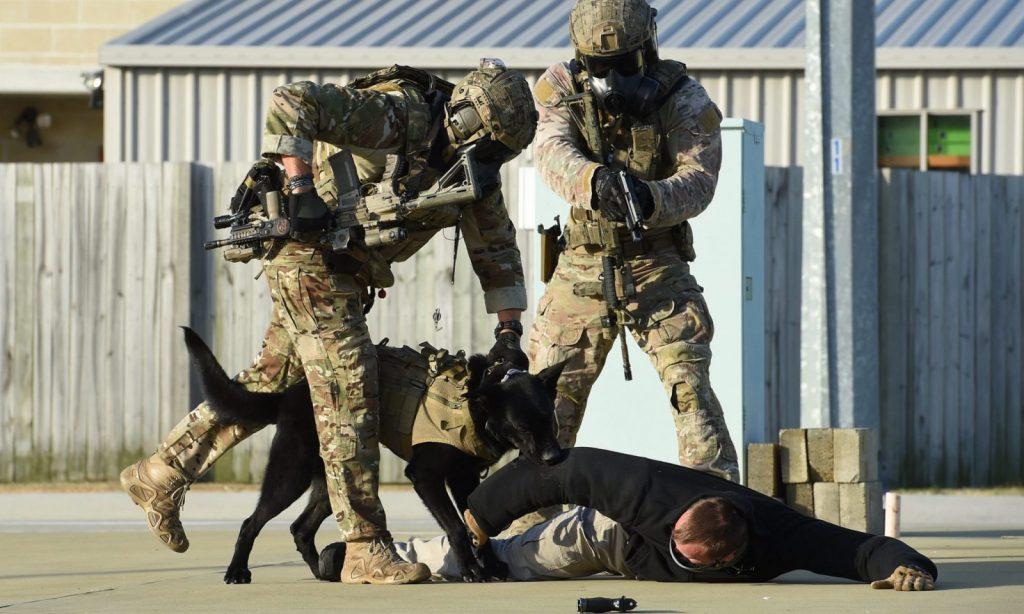
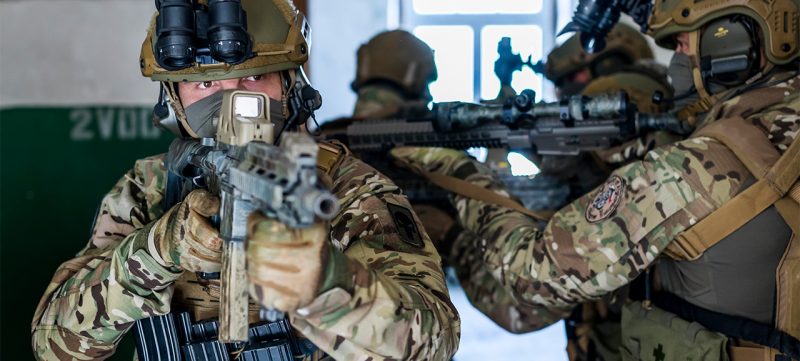
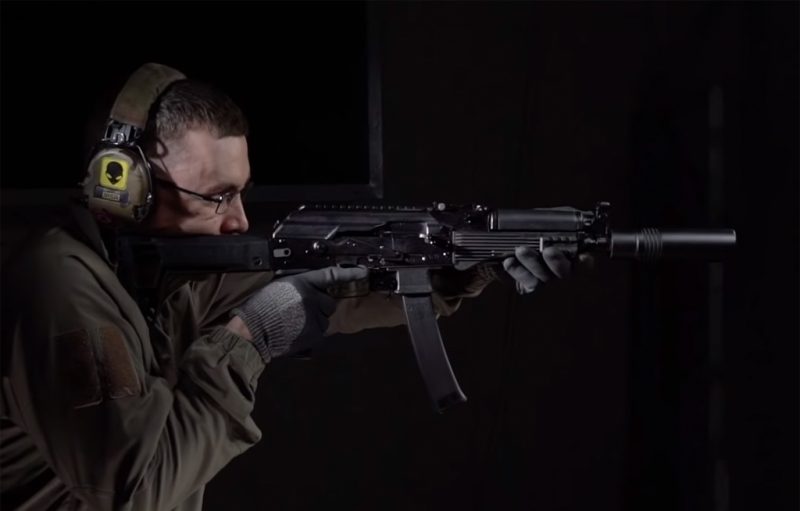
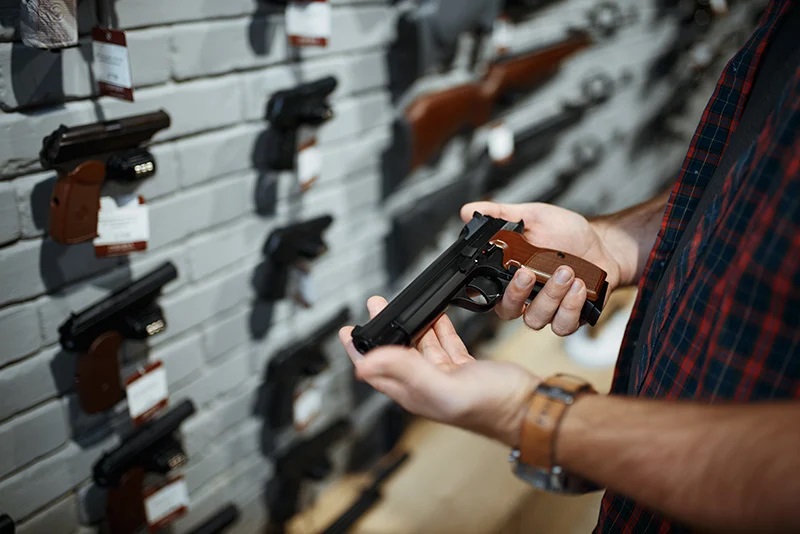
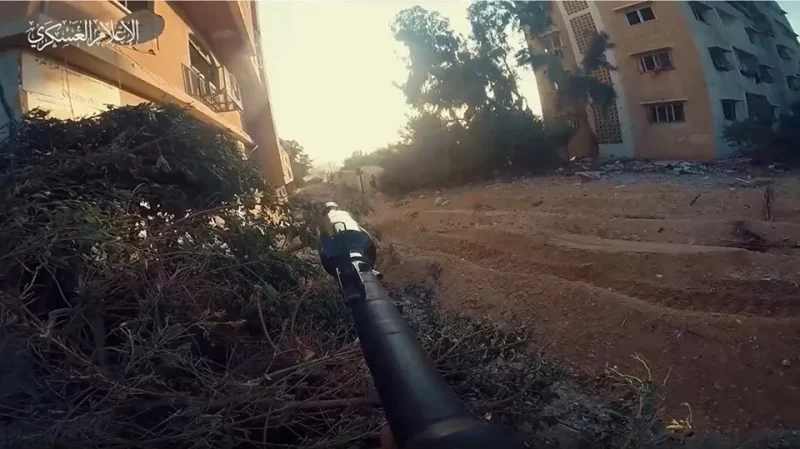
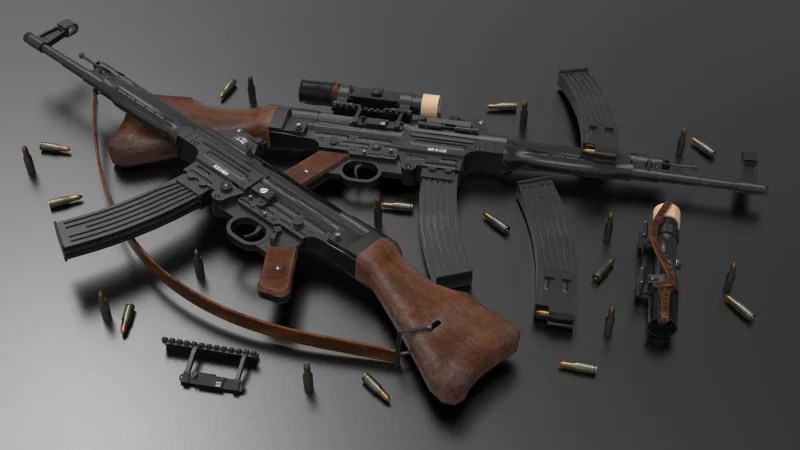
isnt a rescue failure from mossad retired
Where were the TAG EAST people during the Lindt Cafe siege?
Are they not located near where the incident occurred?
Is it not the case that if journalists told the story based off ALL OF THE FACTS during this situation in regards to the negligence displayed by the officers that responded ( through no fault of their own due to being the most poorly trained force in Australia) that TAG EAST would be under investigation?
That poses the fact that the public who are paying for the protection of this group would be screaming for answers.
TAG EAST had representatives on site by 11:00 am. The New South Wales Police resisted their assistance The Army was not asked for advice (and therefore gave none) on how best to tackle and armed adversary carrying an IED.
Sole operational contribution the army made came after dark, when TAG EAST informed the police tactical adviser that it had tested a possible intervention plan and deemed it “viable.” That advice was ignored by New South Wales Police whose attitude was that “We will never do a handover to the ADF, because we might as well resign our commissions.”
“Inside The Lindt Cafe Siege” Deborah Snow ppg 133-139.